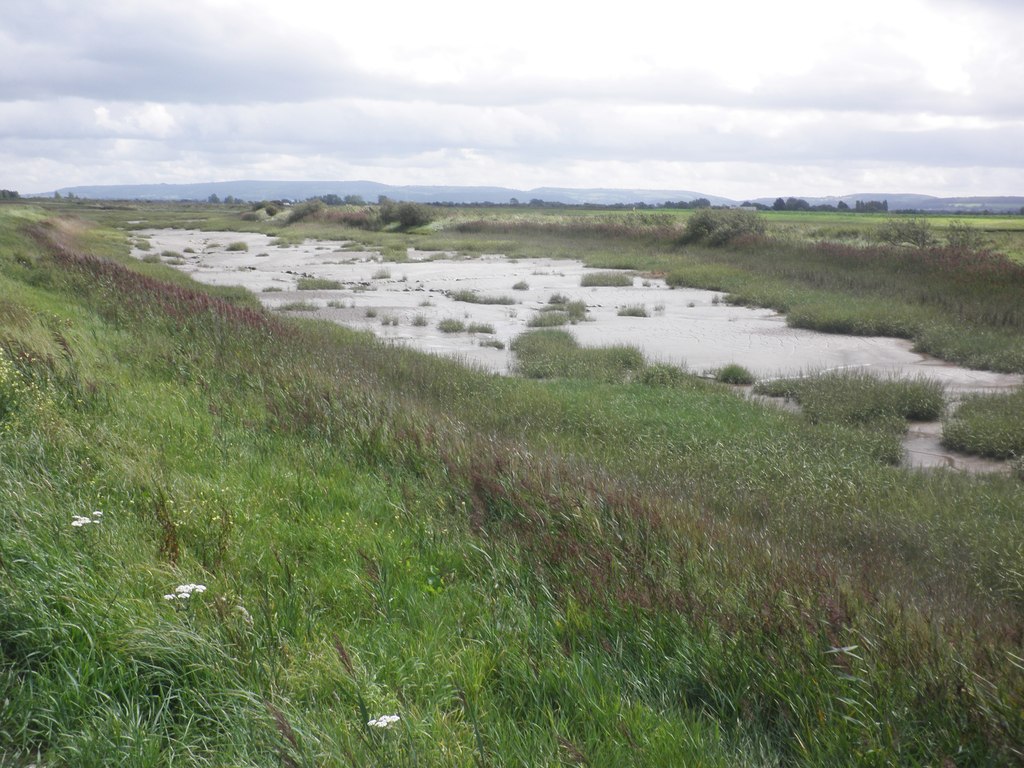Blake's Pools on:
[Wikipedia]
[Google]
[Amazon]
 Blake's Pools are a 4 hectare
Blake's Pools are a 4 hectare
 Blake's Pools are a 4 hectare
Blake's Pools are a 4 hectare nature reserve
A nature reserve (also known as a wildlife refuge, wildlife sanctuary, biosphere reserve or bioreserve, natural or nature preserve, or nature conservation area) is a protected area of importance for flora, fauna, or features of geological or ...
owned by Environment Agency
The Environment Agency (EA) is a non-departmental public body, established in 1996 and sponsored by the United Kingdom government's Department for Environment, Food and Rural Affairs, with responsibilities relating to the protection and enha ...
and leased by the Avon Wildlife Trust
The Avon Wildlife Trust aims to protect and promote wildlife in the area of the former county of Avon — now Bath and North East Somerset, Bristol, North Somerset and South Gloucestershire, in England. It has its headquarters in Bristol and run ...
, on the banks of the Congresbury Yeo
The River Yeo (often referred to as the Congresbury Yeo, after the village of Congresbury, through which it flows, to avoid confusion with other similarly named rivers) is a river which flows through North Somerset, England.
River course
T ...
close to its mouth, near Kingston Seymour
Kingston Seymour is a small village and civil parish with royal status in Somerset, England. It is situated within the unitary authority of North Somerset, between Clevedon and Weston-super-Mare on the North Somerset Levels. The parish has a pop ...
, Somerset
( en, All The People of Somerset)
, locator_map =
, coordinates =
, region = South West England
, established_date = Ancient
, established_by =
, preceded_by =
, origin =
, lord_lieutenant_office =Lord Lieutenant of Somerset
, lord_ ...
, in South West England
South West England, or the South West of England, is one of nine official regions of England. It consists of the counties of Bristol, Cornwall (including the Isles of Scilly), Dorset, Devon, Gloucestershire, Somerset and Wiltshire. Cities and ...
.
The three freshwater and brackish pools were dug between 1983 and 1987 to attract wildlife. It forms part of the Severn Estuary
The Severn Estuary ( cy, Aber Hafren) is the estuary of the River Severn, flowing into the Bristol Channel between South West England and South Wales. Its high tidal range, approximately , means that it has been at the centre of discussions in t ...
Site of Special Scientific Interest
A Site of Special Scientific Interest (SSSI) in Great Britain or an Area of Special Scientific Interest (ASSI) in the Isle of Man and Northern Ireland is a conservation designation denoting a protected area in the United Kingdom and Isle of ...
, Special Protection Area
A Special Protection Area (SPA) is a designation under the European Union Directive on the Conservation of Wild Birds. Under the Directive, Member States of the European Union (EU) have a duty to safeguard the habitats of migratory birds and cert ...
and Ramsar site
A Ramsar site is a wetland site designated to be of international importance under the Ramsar Convention,8 ha (O)
*** Permanent 8 ha (P)
*** Seasonal Intermittent < 8 ha(Ts)
**
shelduck
The shelducks, most species of which are found in the genus ''Tadorna'' (except for the Radjah shelduck, which is now found in its own monotypic genus ''Radjah''), are a group of large birds in the Tadorninae subfamily of the Anatidae, the biologi ...
, redshank and lapwing
Lapwings (subfamily Vanellinae) are any of various ground-nesting birds (family Charadriidae) akin to plovers and dotterels. They range from in length, and are noted for their slow, irregular wingbeats in flight and a shrill, wailing cry. A gro ...
often nest. During periods of low tide the expansive areas of mud attract birds such as the little grebe
The little grebe (''Tachybaptus ruficollis''), also known as dabchick, is a member of the grebe family of water birds. The genus name is from Ancient Greek ''takhus'' "fast" and ''bapto'' "to sink under". The specific ''ruficollis'' is from Latin ...
and little egret. The two shallower pools attract wading birds, especially green
Green is the color between cyan and yellow on the visible spectrum. It is evoked by light which has a dominant wavelength of roughly 495570 Nanometre, nm. In subtractive color systems, used in painting and color printing, it is created by ...
and common sandpiper
The common sandpiper (''Actitis hypoleucos'') is a small Palearctic wader. This bird and its American sister species, the spotted sandpiper (''A. macularia''), make up the genus ''Actitis''. They are parapatric and replace each other geographic ...
s. In winter, and variety of wildfowl feed at the site including smew
The smew (''Mergellus albellus'') is a species of duck, and is the only living member of the genus ''Mergellus''. ''Mergellus'' is a diminutive of '' Mergus'' and ''albellus'' is from Latin ''albus'' "white". This genus is closely related to ' ...
, scaup
Scaup is the common name for three species of diving duck:
* Greater scaup, or just "scaup", ''Aythya marila''
* Lesser scaup, ''Aythya affinis''
* New Zealand scaup, ''Aythya novaeseelandiae''
External links
{{Animal common name
Birds by co ...
, black-necked grebe
The black-necked grebe or eared grebe (''Podiceps nigricollis'') is a member of the grebe family of water birds. It was described in 1831 by Christian Ludwig Brehm. There are currently three accepted subspecies, including the nominate subspecie ...
and dunlin
The dunlin (''Calidris alpina'') is a small wader, formerly sometimes separated with the other "stints" in the genus ''Erolia''. The English name is a dialect form of "dunling", first recorded in 1531–1532. It derives from ''dun'', "dull brown ...
.
References
Nature reserves in Somerset {{Somerset-geo-stub